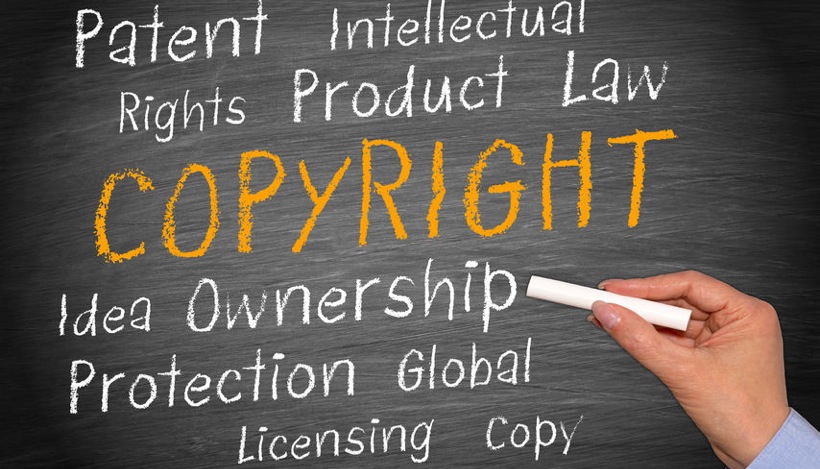Marketing has long been a practice of putting the right message in front of the right people. Before the internet, and even some time after it, most marketing was done through very physical mediums, or through television and radio. However, the development of fully online digital marketing has made it far easier to own and operate a marketing business without the trappings of a large office, numerous employees or a corporate environment. For many startup marketing companies, this has meant avoiding many of the traditional marketing risks.
However, a number have also transferred over to the digital marketing space, such as copyright infringement, trademark infringement defamation, plagiarism and general client dissatisfaction. As digital marketing increases and those risks become more common, it’s important for a digital marketing company to get a handle on how best to head off those risks before they become a problem.
Most digital marketing concerns can be mitigated through Professional Liability insurance or contractual restrictions, but it’s still important to know what you’re up against. Depending on the scale of your business, your concerns may grow, sometimes unexpectedly.
5 marketing risks that have gone digital
Among the many traditional marketing risks that exist, here are five known problems quickly transferring over to the digital marketing industry.
Related: How to Avoid Trademark Infringement
Copyright infringement
Copyright infringement is a risk common in traditional marketing, but is also a bit of an obvious transfer over to digital marketing. When it comes to copyright infringement, this can be in the form of any content: words, images, videos, etc. Although there’s a significant amount of fair use material on the web, much of which can be re-used for commercial purposes, most of the high-quality content is copyrighted. Some services, such as Getty, do sell their content for a price, although that doesn’t stop individuals from using the material without getting permission.
Admittedly, it’s sometimes difficult to know when a piece of content is actually copyrighted. This is especially true for viral videos that you might want to use in a piece of marketing material. Most viral videos these days are quickly bought up by digital media companies, who then sell the license. But you may find that you’re using a piece of viral content in digital marketing material that was copyrighted after you started using it. Nevertheless, the copyright owner will still be able to exert their rights and may issue takedown notices and ask for compensation.
Defamation
Defamation is an interesting monster to handle. However, digital marketing is getting particularly personal these days. A good example is the now-mimicked “roasting” model utilized by Wendy’s on its Twitter account. The company’s Twitter account grew in popularity after it started making sarcastic remarks toward customers and rival companies. The result has been a positive gain in the company’s stock value and better sales figures.
But it’s a fine line to walk, with the potential for defamation suits if done wrong. As other companies start to try to copy the model that’s been so successful for Wendy’s, it’s only a matter of time before one goes a little too far. Undoubtedly, Wendy’s has good liability insurance in place to mitigate that particular risk.
Plagiarism
“Content is king,” as the saying now goes. But what about content that’s just copied and pasted from another source? Plagiarism has always been a problem for written content. It’s increasingly a problem for digital marketing, where content strategies often demand a constant flurry of unique, value-added and now long-form content.
However, finding good writers and remaining creative can be difficult. You may hire some outside help through freelancers, not realizing you could be running the risk of having someone with less-than-strict standards when it comes to copying others’ content in part or full.
Many companies now use plagiarism checkers to not only ensure their own content stays fresh, but to find out whether other sites are using their unique content. Lawsuits could follow if your marketing firm gets a client in trouble for using plagiarized content.
Trademark infringement
Similar to, but distinct from copyright infringement, trademark infringement is now a growing concern for digital marketing. Particularly in a digital age, branding is everything. Different companies are protecting that brand with everything they have, even as they seek to expand what different trademarks exist in their portfolios.
Trademarks can be almost anything. Words, symbols, phrases; any of these could be a trademark owned by another company. It’s quite possible that through your digital marketing campaigns for clients, you’re using registered trademarks from another company without realizing it.
Apple, for example, has been known to try to defend different words, such as the small “i” in front of words, and even the word “pod” as trademarks. This has been met with limited success for the company but goes to show that what might seem to be an innocuous and common word, phrase or symbol, could be one that another company is willing to spend a lot of money to defend. Even mounting a legal defense against frivolous trademark infringement claims can be expensive.
Related: Sign up to receive the StartupNation newsletter!
Client dissatisfaction
As long as there are clients, there will be client dissatisfaction. There’s no getting around it, but finding a way to mitigate the risk that a client believes your online marketing campaign failed to meet contractual expectations is important.
Whether a client will or will not try to seek compensation for a campaign that didn’t meet expectations is fully dependent on the client and the contract. However, the increasingly competitive nature of digital marketing makes success sometimes hard to find, and can more easily lead to dissatisfied clients. And this risk can even extend to industries outside the core digital-marketing space that promote products or services, such as real estate agents and advisory websites. Setting clear contractual obligations and expectations is a simple step to get ahead of potential conflicts after delivery of services.






